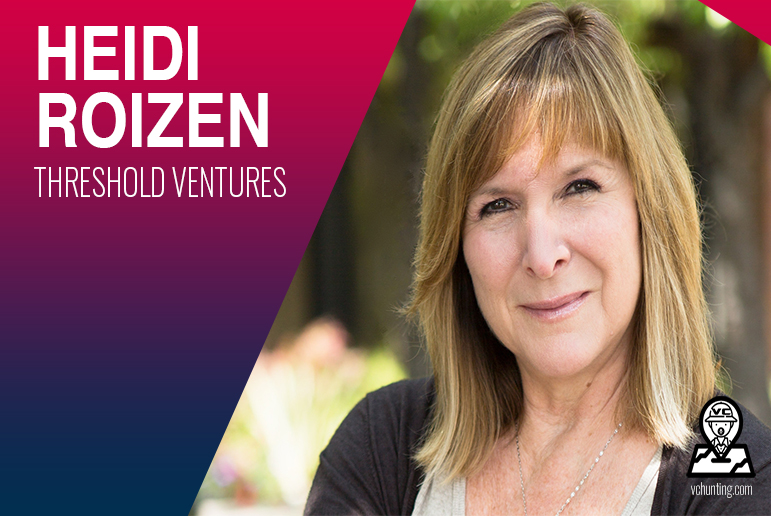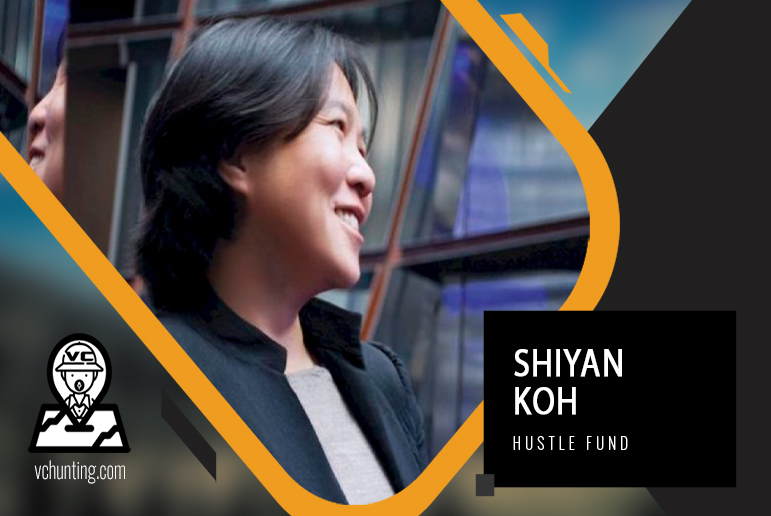Sharpen Your Knives
You’ve heard the old adage about the lumberjack who—in order to cut a tree in an hour—will take 45 minutes to sharpen the saw? This old analogy really needs updating: Not many of us are all that familiar with the logging industry.
I like to instead use the metaphor of the chef who sharpens her knives before cooking.

Saw It on TV
A few years back I went through a phase where I started watching, and even enjoying, reality cooking shows: Top Chef, Hell’s Kitchen, Beat Bobby Flay… And part of the appeal was that, on occasion, I could pick up some very good cooking tips. E.g., we learned from Bobby Flay, himself, that if you’re going to serve raw onion on anything, rinsing the sliced onion in cold water reduces…well, um…belching guests.
I recall, in particular, one brief scene of a chef sharpening her cooking knives.
Before the invention of good electric knife sharpeners, there was a discipline—even a matter of pride with some chefs—of sharpening their own knives. (Or have their sous-chef do it for them once the cameras were gone, I suppose…)
I immediately went to my favorite on-line cooking class site (rouxbe.com) and found their knife-sharpening class! Bought the classic Japanese whetstone, and got to work.
Let’s just say that the practice of manually sharpening your own knives was…meditative: Monotonous, laborious, and a bit messy; but rewarding. That feeling when the knife cut through a piece of paper with no sawing or pushing…exquisite!
Why Do It?
Imagine you were a competing chef cutting carrots for a wondrous meal for your favorite sports team. In an hour. And you suddenly realize you have a fairly dull knife.
And Padma Lakshmi is watching you with that cold, calculating stare… You have two choices:
- Just push through it. What could possibly go wrong? Well, with a dull knife, the carrots have more control over the trajectory of the blade than they should. So, you may end up with various odd shapes and sizes of carrots, and oh! What’s this? Your blood in the bowl. You’ve cut your finger. Padma shakes her head sadly and says “This is not at all appetizing…pack your knives!”
- You take 10-15 minutes to sharpen the knife. That’s 25% of your time! The audience is aghast! But it pays off because you can cut the carrots much faster, with more confidence that you won’t hurt yourself. The carrots all come out with uniform thickness, and thus all finish cooking evenly, at the same time.
Your favorite player on your favorite team announces that you’ve won the quick-fire challenge!
So, why do chefs sharpen their knives? Because they can get done faster, work more accurately, and create higher quality.
We wouldn’t tell a chef to “just keep cooking! Go, go, go! Never mind quality or technique or safety…” would we?
Skipping this essential practice is a false “short cut” that leads to wasted time, effort, and money.
Essential Practices
An “essential practice” is one that the majority of your profession’s colleagues believe is a good one to know about. You know how to do it; and you know why, and when, to use it. You also keep up with the advancements regarding that practice. E.g., now there are good knives designed to be sharpened by electric sharpeners, and good electric sharpeners that won’t ruin those knives. (You may have to find some other form of meditative practice…)
In my “pre-Agile” days of software development, practices like up-front design (e.g., carefully considering numerous potential variations), line-by-line code reviews, and thorough scripted testing, were the disciplines we used to provide value. They were all we knew about. And, some of the newer techniques I’m about to list would have been impossible: How to do TDD on Ada 83 code when it took a half hour just to compile the project?
Essential “Agile” developer practices, or skills, are those that are specifically tuned to an iterative and incremental approach to software development. Since the late 90s, I, and teams that I have served as coach, would not in good conscience touch your product’s code without Test-Driven Development (TDD) or perhaps Behavior Driven Development (BDD), Continuous Integration, or at least two people actively collaborating on that code. We would not touch the code when exhausted (Sustainable Pace). And so on.
The selection of knives keeps changing. BDD has perhaps supplanted Acceptance-Test Driven Development (ATDD). Online collaboration tools such as Zoom.us may allow us to step back from some of our social practices (i.e., Sit Together aka co-location). That’s to be expected. As long as the real value of the practices is obtained in some way, we are able to select the right knife for the task, and complete the dish, professionally and safely.
 Assuming, of course, that we’re given the time to use it, and we’ve learned how to use it correctly.
Assuming, of course, that we’re given the time to use it, and we’ve learned how to use it correctly.
If not, well… “enjoy your lumpy, crunchy, bloody carrots.”





Responses